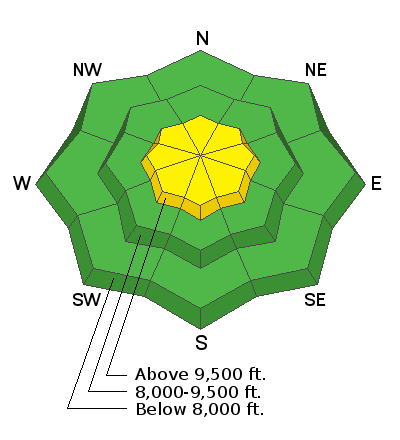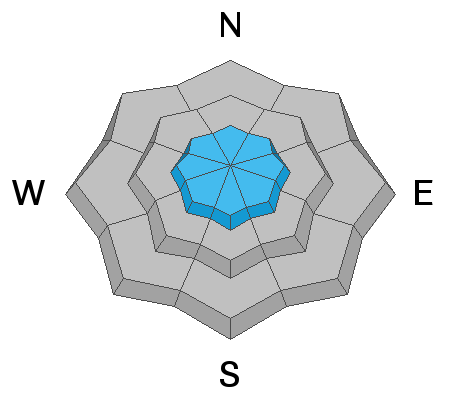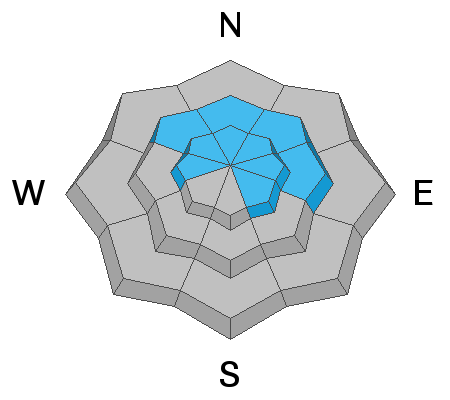Forecast for the Provo Area Mountains

Issued by Mark Staples on
Saturday morning, December 22, 2018
Saturday morning, December 22, 2018
New snow and increased winds overnight have created heightened avalanche conditions on any slope with wind drifted snow. You can trigger slabs of wind drifted snow on these slopes making the avalanche danger MODERATE at mid and upper elevations. In isolated locations with wind drifted snow, there remains a chance of triggering an avalanche at the ground. To find good riding conditions and good stability, ride slopes not affected by the wind.

Low
Moderate
Considerable
High
Extreme
Learn how to read the forecast here





